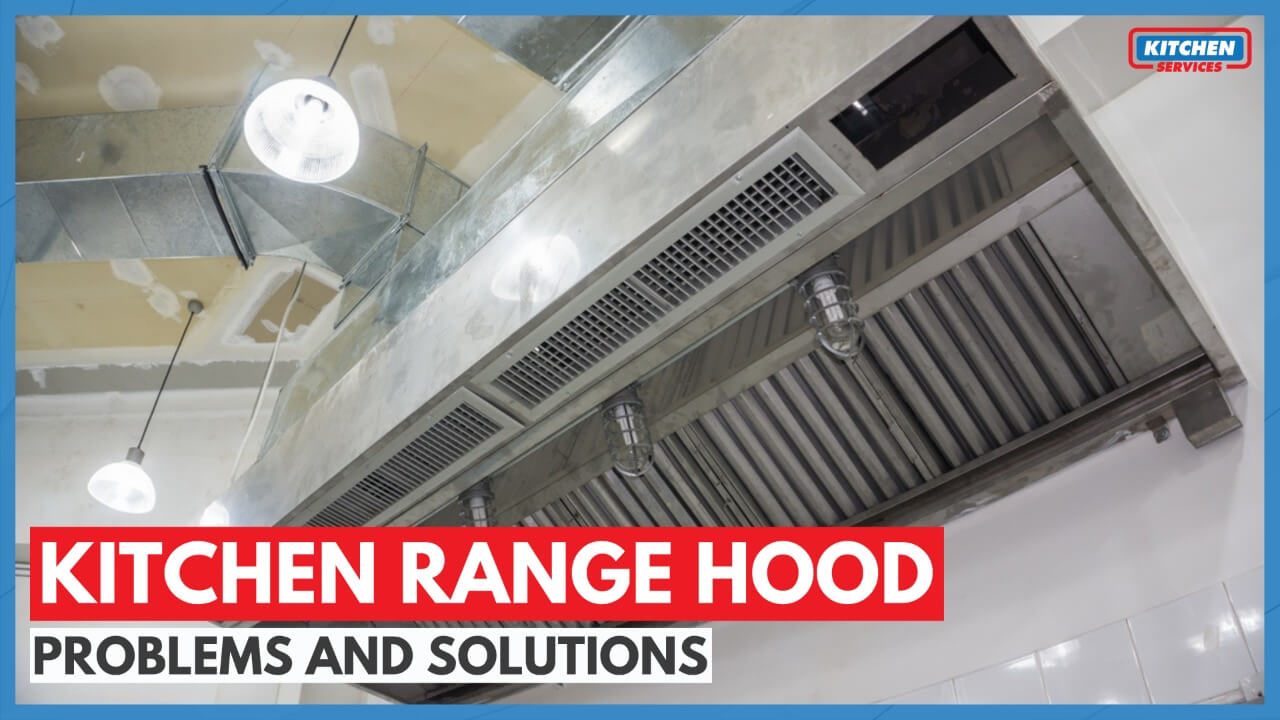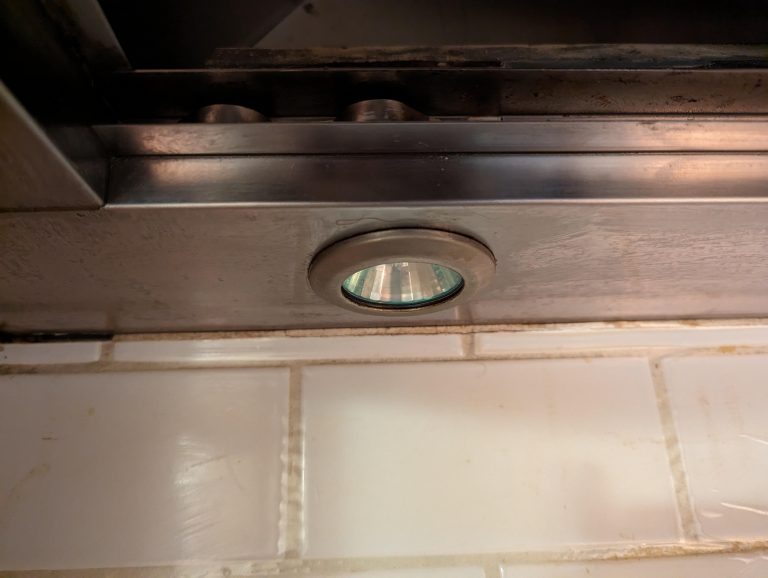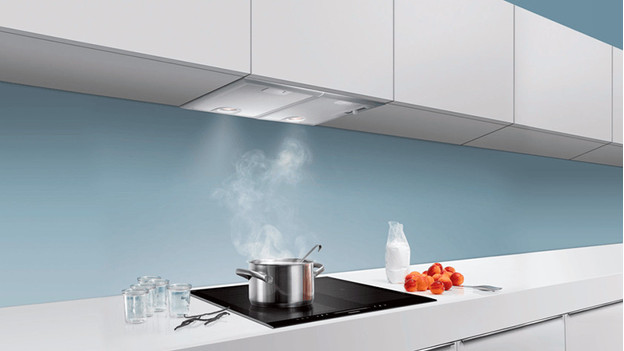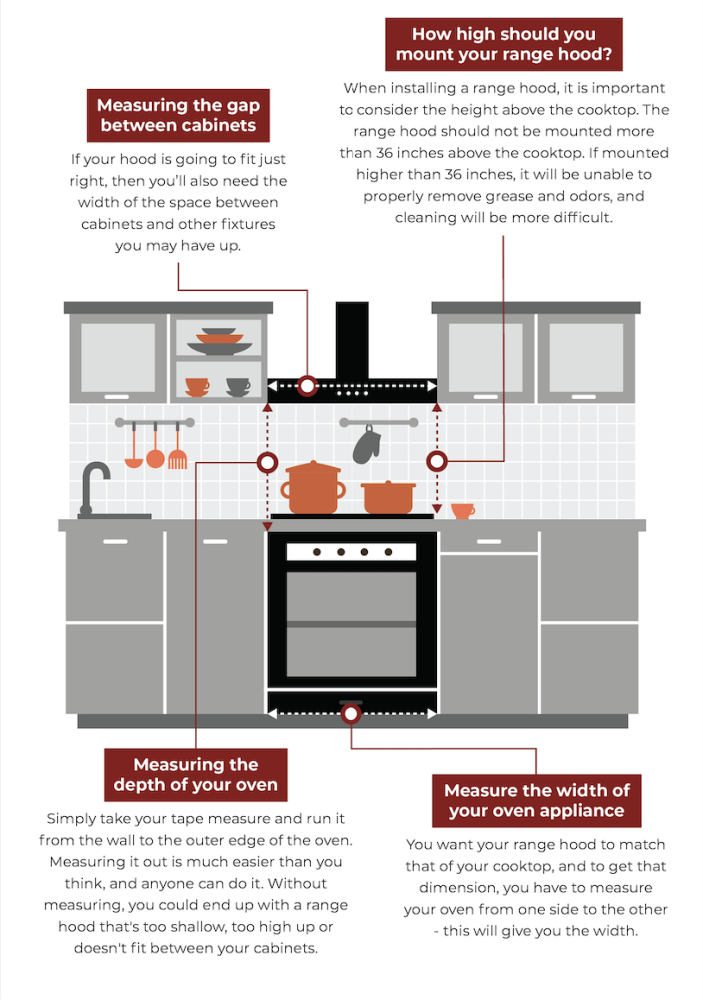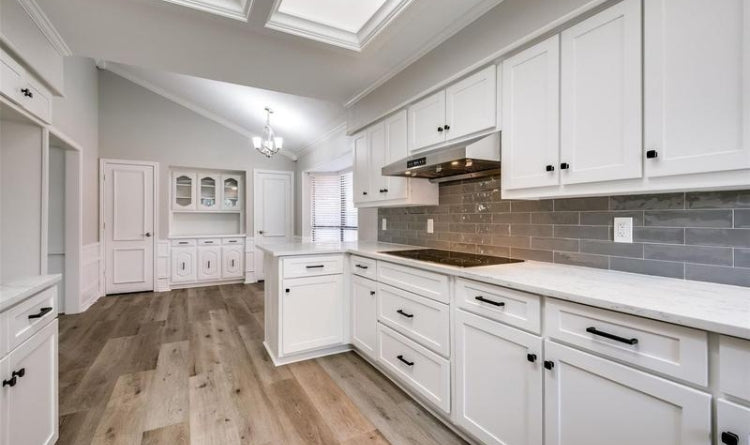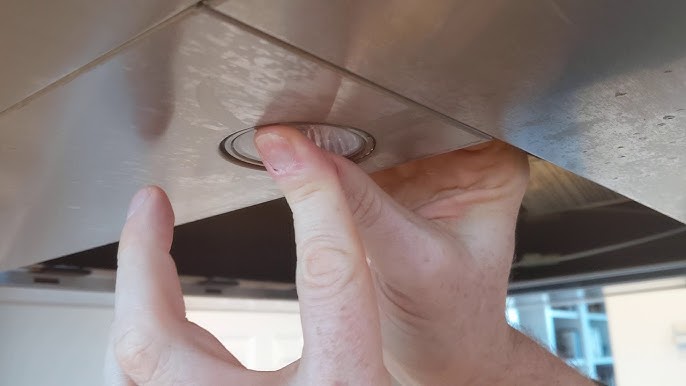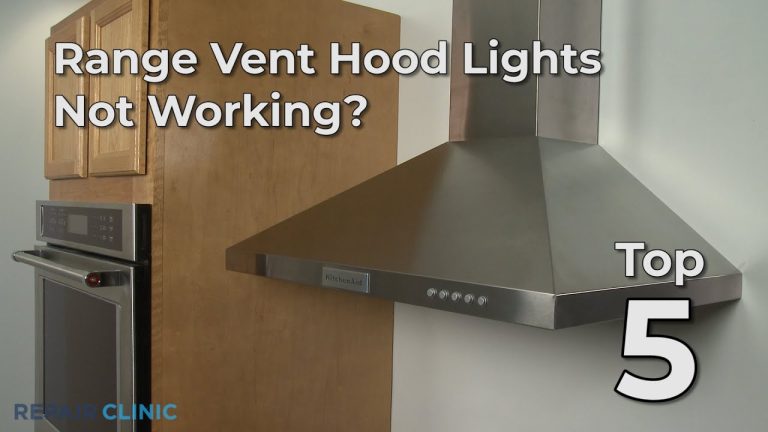A range hood may not pull air due to a clogged filter or improper installation. Check both issues to restore optimal airflow.
A range hood is essential for maintaining a clean kitchen environment. It removes smoke, odors, and airborne grease that cooking generates. When a range hood fails to pull air effectively, it can lead to lingering smells and poor air quality.
Common reasons for this issue include clogged filters, blocked ducts, or incorrect installation. Understanding these factors is crucial for effective troubleshooting. Regular maintenance is also vital for optimal performance. Addressing airflow problems promptly ensures a healthier cooking space. This guide will help you identify the reasons behind your range hood’s inefficiency and provide solutions to get it functioning properly again.
Common Culprits Behind Poor Range Hood Performance
Clogged filters can greatly reduce the effectiveness of a range hood. Filters trap grease and dirt over time. This buildup can block airflow. Regular cleaning is essential for optimal performance.
Faulty motors can also hinder air movement. A motor that isn’t working properly may not create enough suction. Listen for unusual noises that indicate a problem. Replacing a faulty motor can restore efficiency.
Step-by-step Guide To Cleaning Range Hood Filters
Start by turning off the range hood and unplugging it. Gather all necessary cleaning supplies. Use warm water and dish soap for a gentle solution. A soft brush or cloth will help with scrubbing.
For effective cleaning techniques, soak the filters in warm, soapy water for about 15 minutes. Scrub gently to remove grease and dirt. Rinse thoroughly under warm water. Make sure no soap remains.
After cleaning, dry the filters with a clean towel or let them air dry. Reinstall the filters back into the range hood. Finally, plug the range hood back in and turn it on. Check if it pulls air properly now.
Troubleshooting The Range Hood Motor
Range hoods can have motor issues that affect air pull. Check the power supply first. Ensure the range hood is plugged in. Look for any blown fuses or tripped breakers. If the motor hums but does not run, it might be stuck.
For DIY motor repairs, clean the motor and remove any debris. Lubricate moving parts with suitable oil. Tighten any loose screws to ensure stability. Always turn off the power before starting repairs.
Contact a professional if problems persist. Experts can diagnose complex issues. They have tools and experience for efficient repairs. Do not attempt risky fixes if unsure.
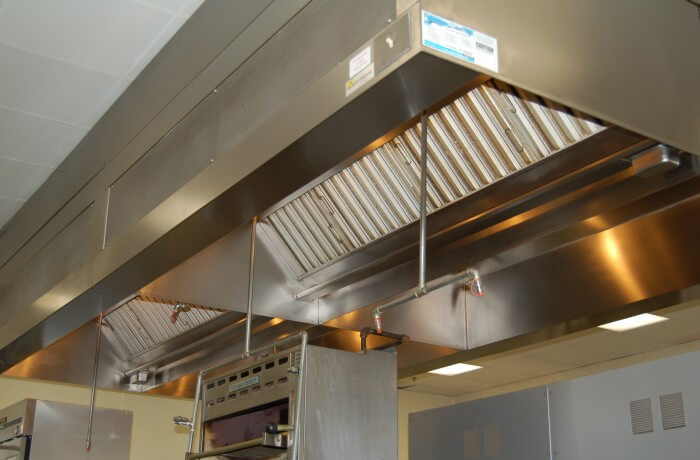
Credit: kitchen.services
Checking And Replacing The Vent
Check the vent for any blockages. Dust, grease, and debris can cause problems. Make sure the duct is clear for proper air flow.
To replace a range hood vent, follow these steps:
| Step | Description |
|---|---|
| 1 | Turn off the power to the range hood. |
| 2 | Remove the old vent carefully. |
| 3 | Clean the area where the new vent will go. |
| 4 | Install the new vent securely. |
| 5 | Turn the power back on and test. |
Enhancing Airflow With Proper Ducting
Proper ducting ensures your range hood pulls air effectively. Follow these optimal practices for the best results:
- Use smooth ducting materials. They allow air to flow freely.
- Keep duct runs as short as possible. Long ducts reduce airflow.
- Avoid sharp bends. They create resistance and slow airflow.
- Ensure the duct diameter matches the range hood’s specifications.
- Seal all joints tightly. This prevents air leaks and boosts performance.
Common ductwork mistakes can hinder performance:
- Using flexible ducting excessively can restrict airflow.
- Neglecting to clean ducts leads to blockages.
- Installing ducts in unheated spaces can cause condensation.

Credit: www.youtube.com
Upgrade Options For Your Range Hood
Upgrading to a higher CFM model can greatly improve your range hood’s performance. A CFM rating measures how much air the hood can move. Models with a higher CFM can pull out more smoke and odors quickly.
Look for features that enhance suction. Options like multiple fan speeds allow better control. Ducted range hoods usually offer better performance than ductless ones. Consider hoods with powerful motors for optimal airflow.
Check for filter quality as well. Some filters trap more grease and particles. A baffle filter might work better than a standard one.
Routine Maintenance To Prevent Future Issues
Establish a regular cleaning schedule for your range hood. This helps keep it functioning well. Clean the filters and exterior every month. Use warm, soapy water for best results. A clean hood prevents dust and grease buildup.
Schedule a professional inspection every year. Experts can check for any hidden issues. They ensure all parts work properly. This keeps your range hood efficient. Regular inspections help avoid bigger problems later.
| Maintenance Task | Frequency |
|---|---|
| Clean filters | Monthly |
| Clean exterior | Monthly |
| Professional inspection | Annually |
Credit: www.reddit.com
Navigating Warranty And Support For Your Appliance
Understanding your warranty is important for appliance care. Most warranties cover defects in materials and workmanship. Check the warranty period, as it varies by manufacturer. Keep your purchase receipt safe for claims.
Contact customer support for any issues. They can guide you through repair options. Explain the problem clearly to get the best help. Some companies offer free repairs within the warranty period.
If your warranty has expired, ask about service costs. Many brands provide affordable repair services. Always read reviews to find reliable technicians.
Frequently Asked Questions
Why Is My Range Hood Not Pulling Air?
There are several reasons why your range hood may not be pulling air effectively. First, check for obstructions in the ductwork or filters. A clogged filter can hinder airflow. Additionally, verify that the fan is functioning correctly and that the range hood is properly installed.
How Can I Fix A Range Hood That Won’t Ventilate?
To fix a non-ventilating range hood, start by cleaning the filters. If they’re too dirty, replace them. Inspect the ductwork for blockages or leaks. Ensure the fan motor is operational. If issues persist, consider consulting a professional for a thorough inspection.
What Causes Low Airflow In Range Hoods?
Low airflow can result from dirty filters, blocked ducts, or malfunctioning fans. Insufficient power supply or improper installation can also contribute. Regular maintenance is key to ensuring optimal performance. Always address airflow issues promptly to prevent further complications.
Should I Call A Professional For Range Hood Issues?
If basic troubleshooting fails, it’s wise to call a professional. They have the expertise to diagnose complex issues that may not be apparent. Professional help can save you time and ensure your range hood operates efficiently. Regular maintenance from an expert can also prolong its lifespan.
Conclusion
A range hood not pulling air can lead to unpleasant cooking experiences. Regular maintenance and timely repairs are essential for optimal performance. By understanding potential issues, you can troubleshoot effectively. Ensuring proper installation and choosing the right model will enhance air quality in your kitchen.
Keep your space fresh and enjoyable.
